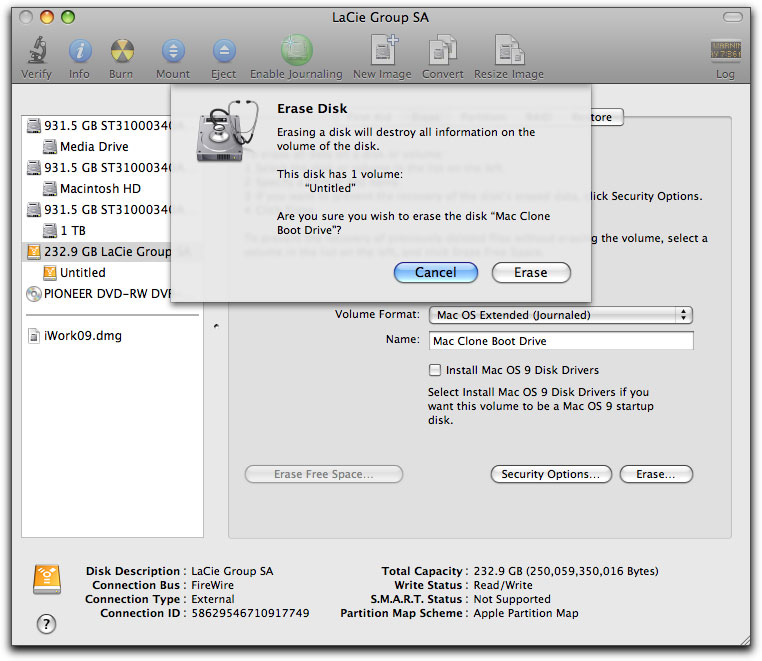


That means if I have a large video file and I duplicate it on my computer, the duplicate doesn’t take up more storage on my computer. One of the great things that APFS does that you will really notice is that it essentially shares data from one file to another. Most modern Mac computers, from your basic MacBook and MacBook Pro to your iMac, iMac Pro, and Mac Mini’s, all have SSDs in them now. While divisive at first, APFS has proven itself to be a powerful drive format for Mac users for a variety of reasons.įirst, APFS was designed with flash storage Solid-State Drives (SSDs) in mind. Upgrading to this operating system forced your computer to completely update the hard drive – making it impossible ever to go backward. Released in March of 2017, APFS was first used on macOS Sierra. So let’s break down each format one by one. With so many options for how you can format a new hard drive, how do you know which option is the right one for you? And moreover, will it even be compatible with your computer?


 0 kommentar(er)
0 kommentar(er)
